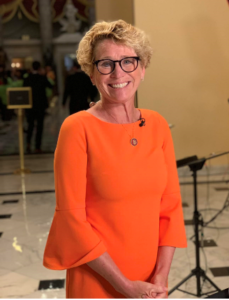
In this new monthly column, Defense Daily highlights individuals from across the government, industry and academia whose efforts contribute daily to national defense, from the program managers to the human resource leaders, to the engineers and logistics officers. Rep. Chrissy Houlahan’s (D-Penn.) career has been a merging of technology and engineering through business. Elected in 2018 to represent Pennsylvania’s 6th congressional district, the longtime industrial engineer has experience as an Air Force program manager focusing on, among other things, ballistic…













